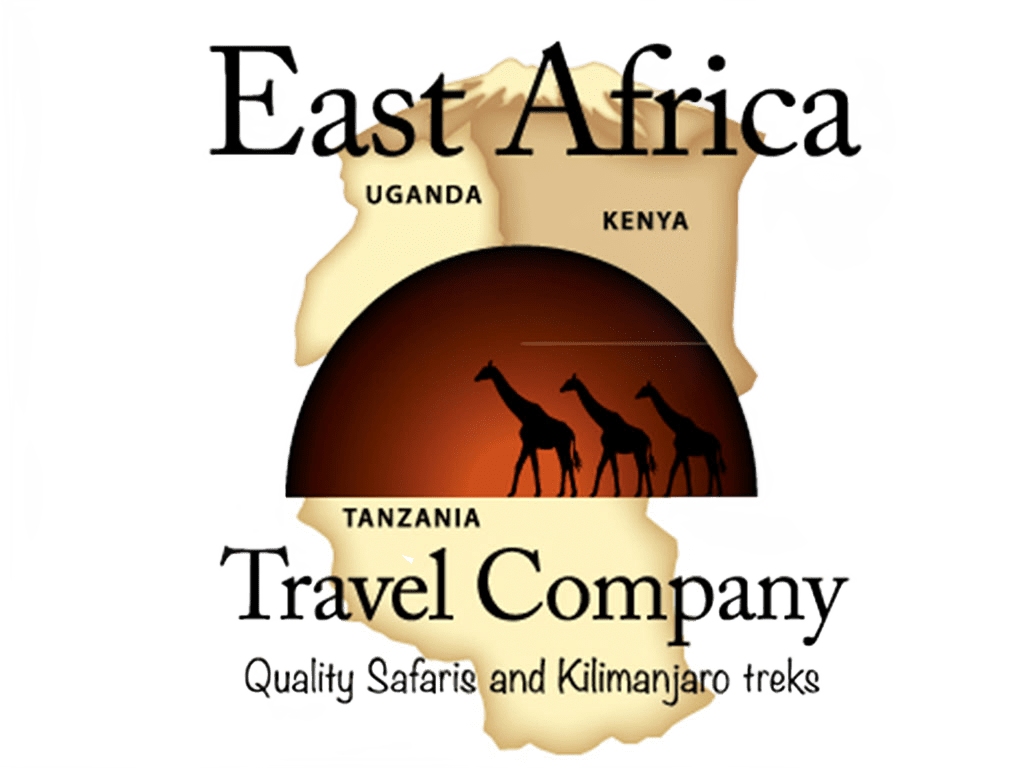Introduction
Climb Mount Kilimanjaro: Mount Kilimanjaro, the highest peak in Africa, is a destination that captures the imagination of adventurers and nature enthusiasts alike. Standing at 19,341 feet, this majestic mountain offers more than just a challenging climb; it promises an experience that can ignite your wanderlust and transform your soul. Situated in Tanzania, Kilimanjaro is not just a climb but a journey through diverse ecosystems and a chance to witness breathtaking landscapes. This article explores five epic reasons why an East Africa safari, including a trek up Mount Kilimanjaro, should be on your bucket list.



Climb Mount Kilimanjaro
Geographical Information
Location and Significance
Mount Kilimanjaro is located in the northeastern region of Tanzania, near the border with Kenya. Its prominent standing as the highest free-standing mountain in the world makes it a significant landmark. The surrounding Kilimanjaro National Park, a UNESCO World Heritage site, preserves the mountain’s unique flora and fauna.
Climate and Best Times to Visit
The climate of Mount Kilimanjaro varies with altitude, offering a unique opportunity to experience different weather conditions. The best times to visit are during the dry seasons, from late June to October and from late December to February. These periods provide the most stable weather conditions, which are crucial for a successful climb.
Cultural Insights
Local Customs and Traditions
The region around Kilimanjaro is inhabited by the Chagga people, who have a rich cultural heritage. Their customs, traditional dances, and local crafts add a fascinating cultural dimension to your climb. Engaging with the local communities offers a deeper understanding of their way of life and traditions.
Cuisine and Culinary Experiences
Tanzanian cuisine is a delightful mix of flavors influenced by various cultures. During your safari and climb, you’ll have the opportunity to taste local dishes like Ugali, Nyama Choma, and the famous Tanzanian coffee. These culinary experiences provide nourishment and a taste of the local culture.
Must-Visit Attractions
Kilimanjaro National Park
The national park is a treasure trove of natural beauty, offering diverse ecosystems ranging from rainforests to alpine deserts. It’s home to a variety of wildlife, including elephants, leopards, and buffaloes, making it a perfect spot for nature lovers.
Serengeti National Park and Ngorongoro Crater
Beyond Kilimanjaro, the Serengeti and Ngorongoro Crater are iconic destinations in Tanzania. These locations offer incredible wildlife viewing opportunities, including the Great Migration, where millions of wildebeest and zebras traverse the plains.
Activities and Experiences
The Climb: Routes and Challenges
There are several routes to the summit of Kilimanjaro, each offering unique challenges and scenic views. The Marangu, Machame, and Lemosho routes are among the most popular. Each route provides a different experience, from the dense rainforests of the lower slopes to the icy glaciers near the summit.
Safari Adventures
Combining your Kilimanjaro climb with a safari adventure in Tanzania’s renowned national parks enhances the overall experience. Witnessing the Big Five in their natural habitat is a thrilling complement to the physical challenge of the climb.
Travel Tips
Accommodation Options
From budget-friendly campsites to luxurious lodges, Tanzania offers a range of accommodation options to suit different preferences and budgets. It’s essential to book in advance, especially during peak seasons.
Transport and Logistics
Planning your transport is crucial for a smooth trip. Kilimanjaro International Airport is the main gateway, and from there, local transport options are available to reach the starting points of your climb or safari destinations.
Packing Essentials
Packing for Kilimanjaro requires careful consideration due to the varying climates. Essential items include layered clothing, sturdy hiking boots, and high-energy snacks. For the safari, don’t forget your binoculars and camera to capture the wildlife moments.
Safety and Health Precautions
Altitude Sickness and Acclimatization
Altitude sickness is a significant concern when climbing Kilimanjaro. Proper acclimatization is crucial, and climbers should be aware of the symptoms and preventive measures. Guides are trained to handle such situations, ensuring the safety of climbers.
Vaccinations and Health Tips
Travelers should be up-to-date with vaccinations such as yellow fever, hepatitis A and B, and typhoid. Malaria prophylaxis is also recommended. Staying hydrated and following hygiene practices can prevent many common health issues.
Budget Planning
Cost-Effective Traveling Tips
Traveling to Tanzania can be done on a budget with careful planning. Opting for group tours, using local transport, and staying in budget accommodations can significantly reduce costs.
Detailed Budget Breakdown
A detailed budget should include expenses for flights, visas, park fees, guides, porters, accommodation, and meals. It’s essential to have a contingency fund for unexpected expenses.
Local Cuisine
Must-Try Food and Drink
Tanzanian cuisine is diverse and flavorful. Don’t miss trying dishes like Pilau (spiced rice), Samosas, and Mandazi (sweet fried dough). Local drinks, including the famous Kilimanjaro beer and fresh fruit juices, are a refreshing treat.
Conclusion
An East Africa safari in Tanzania, capped with a climb up Mount Kilimanjaro, is an adventure of a lifetime. The combination of breathtaking landscapes, rich cultural experiences, and the thrill of the climb makes it a transformative journey. Whether you’re a seasoned adventurer or a curious traveler, this experience will ignite your wanderlust and leave an indelible mark on your soul.
Video
